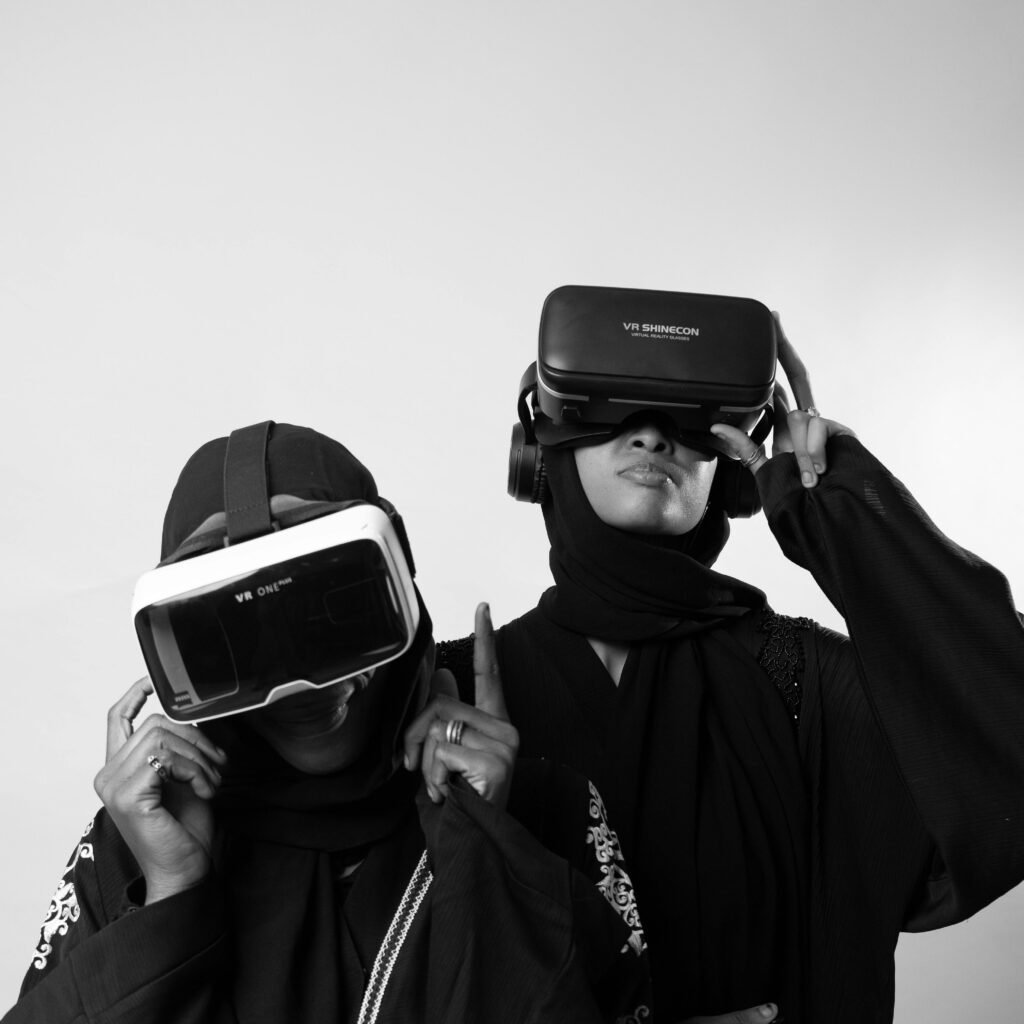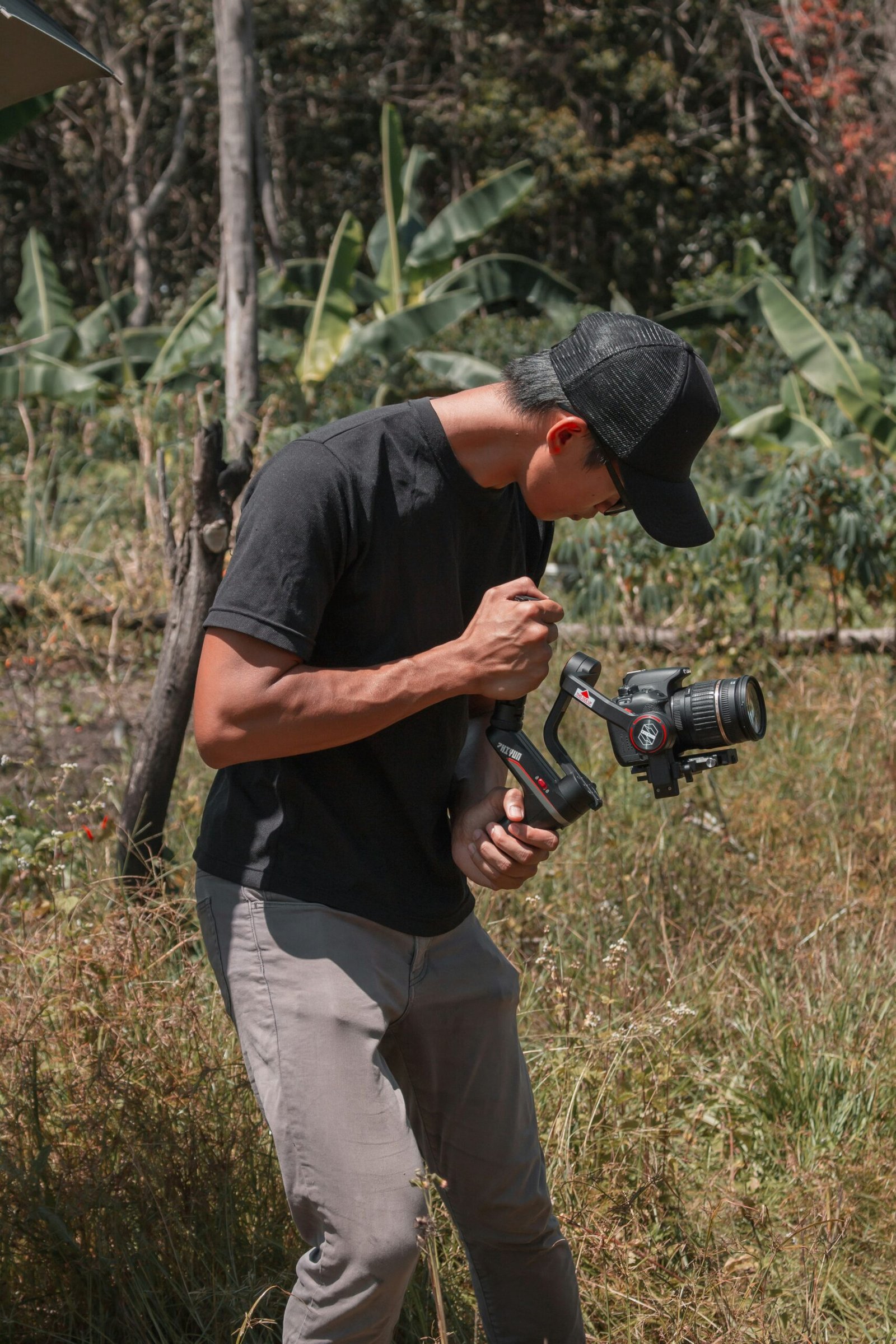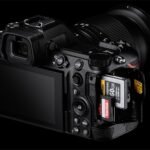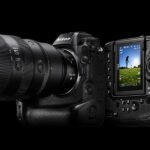
Introduction to 360-Degree and VR Photography
360-degree and Virtual Reality (VR) photography represents groundbreaking innovations in the realm of visual experiences. Unlike traditional photography, which captures a single, static view, 360-degree photography immerses viewers within a complete, spherical panorama. This enables a comprehensive perspective where users can interactively explore every angle of a scene. VR photography takes this a step further by creating fully immersive environments, often enhanced with additional elements like sound and motion, thereby offering a more dynamic and engaging experience.
The key distinction between these modern techniques and conventional photography lies in the depth and interactivity they provide. Traditional photographs capture moments in a flat, confined format, whereas 360-degree and VR photography breaks these limitations, allowing users to feel as if they are virtually present within the captured environment. This level of immersion fundamentally changes the way visuals are experienced and shared.
The rise in popularity of these technologies can be attributed to their vast applications across various industries. In real estate, 360-degree virtual tours enable prospective buyers to explore properties remotely, significantly enhancing the property viewing experience. The tourism industry leverages these technologies to provide virtual travel experiences, allowing potential tourists to virtually traverse destinations before making travel decisions. Event photography has also seen a transformative shift, with VR capturing the essence of experiences like concerts, sports events, and exhibitions, providing audiences with the ability to relive these moments from multiple perspectives.
As technological advancements continue to evolve, the adoption of 360-degree and VR photography is expected to grow, spanning even more industries and use cases. These immersive visual experiences not only enrich the way we document and share our world but also open up new avenues for storytelling and audience engagement.
360-degree and virtual reality (VR) photography provides a multitude of benefits that transcend conventional photographic techniques. These immersive visual experiences allow viewers to interact with images in ways that standard photos cannot. By enabling exploration from every angle, 360-degree and VR photography foster a highly engaging and dynamic viewer experience, which is particularly advantageous in various professional sectors.
Enhanced Interactivity and Engagement
One of the primary benefits of 360-degree and VR photography is the enhanced interactivity it offers. Unlike traditional images that present a single perspective, 360-degree photos allow viewers to pan, tilt, and zoom, providing a comprehensive visual experience. VR takes this interaction a step further by immersing viewers in a fully three-dimensional environment, where they can explore and navigate the virtual space as if they were physically present. This level of engagement significantly enriches the viewer’s experience and prolongs their interaction with the content.
Applications in Real Estate
In the real estate industry, 360-degree and VR photography have revolutionized the way properties are showcased. Virtual tours created through these technologies enable potential buyers to explore homes and commercial buildings in exquisite detail, from the comfort of their own homes. This comprehensive view helps in making more informed decisions and reduces the need for physical visits, thereby streamlining the property buying process.
Impact on Tourism
The tourism sector benefits enormously from immersive travel experiences facilitated by 360-degree and VR photography. Prospective travelers can virtually visit destinations, landmarks, and hotels before making travel decisions. These immersive previews can significantly influence customer choices by providing a more accurate representation of a location’s atmosphere, amenities, and unique features, boosting confidence in their travel plans.
Event Coverage
For events such as weddings, conferences, and concerts, 360-degree and VR photography offer a more comprehensive coverage. Attendees and organizers can relive the event from multiple perspectives, capturing every intricate detail. This not only serves as a valuable archive but also allows people who could not attend in person to experience the event almost as if they were there.
Overall, the advent of 360-degree and VR photography has paved the way for more interactive, engaging, and comprehensive visual experiences across various industries. From real estate and tourism to event coverage, these technologies provide significant advantages, making them invaluable tools in the modern visual landscape.
Technological Advances in 360-Degree and VR Photography
In recent years, technological advancements have significantly democratized access to 360-degree and VR photography. The integration of sophisticated hardware and intuitive software solutions has enabled both amateur and professional photographers to explore this immersive realm with unprecedented ease and quality.
On the hardware front, modern 360-degree cameras, such as the Ricoh Theta and Insta360, have revolutionized image capture. These devices are equipped with multiple lenses to capture a full panoramic view, ensuring that no angle is left undocumented. The Ricoh Theta, for example, has dual fisheye lenses that seamlessly stitch images together, providing a near-perfect spherical panorama. Similarly, the Insta360 series offers innovative features like FlowState stabilization and high dynamic range (HDR) imaging, allowing for smooth and vibrant recordings even in challenging conditions.
In parallel, software advancements have played a pivotal role in enhancing the quality of 360-degree and VR photography. Adobe has been at the forefront with its VR and 360 editing suite in Premiere Pro. This suite allows users to edit panoramic video footage with ease, offering comprehensive tools for stitching, color correction, and audio adjustments. These software solutions ensure that the final output is not only visually compelling but also immersive and engaging for viewers.
Moreover, these technological breakthroughs are transforming how virtual tours are created and experienced. Photographers can now effortlessly produce high-resolution, interactive tours, providing audiences with an immersive exploration of spaces. This has significant implications for industries like real estate, tourism, and education, where virtual tours can offer detailed and engaging previews of locations.
Overall, the synergy between advanced camera technology and sophisticated editing software has opened up new frontiers in 360-degree and VR photography. These innovations are empowering creators to produce high-quality, panoramic images and seamless virtual tours, thereby enhancing the visual storytelling experience.
How 360-Degree Cameras Work
360-degree cameras have revolutionized visual storytelling by capturing entire scenes in all directions, creating an immersive experience for viewers. The mechanics behind these cameras are sophisticated yet designed to provide an intuitive user experience. At the heart of a 360-degree camera are multiple lenses, often two or more, positioned to cover the full spherical perspective. Each lens typically encompasses a wide-angle view, allowing them to collectively record the surroundings in a seamless manner.
These lenses are paired with high-resolution sensors that capture the detailed visuals needed to create a comprehensive, immersive image. The captured images from each lens are then processed using advanced stitching software. This software merges the individual shots into a single, seamless panoramic image. The stitching process is critical as it eliminates distortions and aligns the images precisely, ensuring a smooth transition between the different fields of view captured by each lens.
Setting up a 360-degree camera is straightforward, designed with user-friendliness in mind. Most cameras offer wireless connectivity, such as Wi-Fi or Bluetooth, enabling users to easily connect their devices for remote control and live previews. Basic steps include mounting the camera on a tripod or another stable surface and utilizing a companion app or built-in controls to start capturing.
Throughout the capturing process, users can monitor the recording in real-time, making adjustments as needed. Once the images are captured, they are transferred to a computer or mobile device where the stitching software automatically processes them. This stage might include additional features like color correction, exposure adjustment, and adding metadata. The end result is a fully stitched, immersive 360-degree image ready for sharing on various platforms, providing viewers with an all-encompassing visual experience.
Overall, 360-degree cameras blend advanced technology with user-centric design, making it accessible for both amateurs and professionals to create engaging, immersive content. The combination of multiple lenses, high-resolution sensors, and intelligent software results in an efficient workflow and stunning outputs that redefine how we perceive visual media.
Software Tools for Editing and Creating VR Content
Editing 360-degree and VR content requires specialized software tools that cater to the unique demands of immersive visual experiences. Industry-leading programs have advanced significantly, ensuring that creators can produce high-quality VR content with relative ease. Among the market leaders is Adobe Premiere Pro, renowned for its comprehensive VR and 360 editing suite. This suite includes features such as stitching, which seamlessly combines multiple images or videos to create a cohesive 360-degree view. Additionally, Premiere Pro offers robust color correction tools, allowing editors to adjust hues, saturation, and luminance levels to achieve the most accurate and visually appealing results.
Beyond stitching and color correction, adding interactive elements is crucial for enhancing the final VR product. Interactive features can be added using Adobe Premiere Pro’s plugins and extensions, which facilitate the integration of hotspots, menus, and other user engagement tools. These elements not only enrich the viewer’s experience but also provide more depth and interactivity to the content, making it more immersive and engaging.
For beginners venturing into the world of 360-degree and VR photography, starting with user-friendly software is advisable. Tools such as VeeR Editor and Insta360 Studio are excellent starting points. Both offer intuitive interfaces and basic stitching and editing functions. As creators become more familiar with VR content workflows, transitioning to more advanced software like Premiere Pro becomes more manageable.
When beginning with VR content creation, it is imperative to understand the basics of stitching, the importance of maintaining consistent lighting, and how to balance colors effectively. Tutorials and guides are widely available and can provide step-by-step instructions for mastering these essential skills. With a combination of the right tools and a commitment to learning, producing professional-grade 360-degree and VR content is an attainable goal for anyone willing to invest the time and effort.
Practical Applications of 360-Degree and VR Photography
360-degree and VR photography have rapidly transformed numerous industries by providing immersive visual experiences that engage audiences in unprecedented ways. One of the most prominent applications is in the realm of real estate. Virtual tours created using 360-degree photography allow potential buyers to explore properties remotely. This not only saves time and resources but also broadens the market reach. For instance, Matterport, a leader in the field, has empowered real estate agents to offer interactive 3D tours that significantly increase viewer engagement and conversion rates.
The tourism industry has also greatly benefited from these technologies. Immersive travel experiences allow potential tourists to virtually visit destinations, hotels, and attractions before making travel decisions. Companies like Thomas Cook have utilized VR to provide virtual holiday previews, resulting in a substantial increase in bookings. This approach not only enhances customer satisfaction but also serves as a powerful marketing tool, providing a taste of adventure that static images cannot replicate.
Event photography is another area where 360-degree and VR technologies have made significant strides. Full-event coverage allows attendees to relive events from multiple perspectives. For example, music festivals and sporting events use VR to provide fans who cannot attend in person with an immersive experience that feels almost as real as being there. The Coachella music festival offers VR experiences, allowing fans worldwide to explore the event grounds and performances live or after the event. This not only builds a lasting connection with the audience but also opens up new revenue streams through virtual tickets.
These examples illustrate the broad impact and effectiveness of 360-degree and VR photography in creating immersive visual experiences. Their practical applications extend beyond these industries, influencing sectors such as education, healthcare, and retail, showcasing their versatility and wide-reaching potential. As technology continues to advance, the scope of their implementation is set to expand even further, making immersive visual experiences a cornerstone of various professional fields.
Challenges and Considerations
Engaging with 360-degree and VR photography presents a unique set of challenges and considerations that potential adopters must be aware of. One of the primary hurdles is the high cost of equipment. Professional-grade 360-degree cameras and VR setups can be prohibitively expensive, especially for those just beginning their journey in immersive visual experiences. To mitigate this, it is advisable to start with entry-level gear that offers decent quality at a lower price point. Over time, as proficiency increases, investing in higher-end equipment becomes a more justifiable leap.
Another significant consideration is the steep learning curve associated with mastering 360-degree photography and VR technology. Unlike traditional photography, these immersive formats require a comprehensive understanding of their respective frameworks, from capturing footage to post-production. Aspiring photographers can benefit from online tutorials, workshops, and communities dedicated to this niche. Engaging with seasoned professionals through forums and social media groups can provide invaluable tips and shortcuts, expediting the learning process.
The need for powerful editing software is another challenge that cannot be overlooked. Standard photo and video editors are often insufficient for handling 360-degree content and VR media, necessitating the use of specialized software. Such software can be both expensive and resource-intensive, demanding a robust computer setup. To address this, individuals can utilize free or low-cost alternatives to begin with, gradually moving to more advanced solutions as their expertise expands. Open-source software and trial versions provide excellent starting points without substantial financial commitment.
Finally, while immersive technologies like 360-degree and VR photography offer boundless creative possibilities, they also require thoughtful consideration of the end user’s experience. Ensuring smooth navigation, preventing motion sickness, and maintaining high-resolution clarity are imperative. Regular testing and feedback cycles can refine these aspects, making the final output as viewer-friendly as possible.
By acknowledging and systematically addressing these challenges, photographers can more readily embrace the potential of 360-degree and VR photography, unlocking new realms of immersive visual storytelling.
Resources for Learning and Inspiration
Embarking on a journey into 360-degree and VR photography can be enriching, thanks to a plethora of educational resources available. These include online tutorials, comprehensive courses, and dedicated photography communities that provide guidance and inspiration.
For beginners and seasoned photographers alike, platforms like YouTube offer an extensive range of tutorials. Channels such as “Virtual Reality Photography” and “360 Guru” provide step-by-step guides on using 360-degree cameras, editing software, and tips for capturing stunning VR shots. Additionally, online course providers like Udemy and Coursera offer structured learning paths, with courses specially designed by industry experts.
Photography communities are indispensable resources for aspiring VR photographers. Websites like 360 Rumors and Reddit’s r/360Photography subreddit offer forums to discuss techniques, troubleshoot issues, and seek advice from a community of enthusiasts and professionals. Flickr and Facebook groups also serve as platforms where photographers can share their work, receive feedback, and draw inspiration from others’ projects.
For more in-depth learning, specialized websites such as 360Cities and VeeR VR feature extensive libraries of 360-degree and VR content. These platforms not only serve as inspiration but also provide practical examples of high-quality immersive photography. Following notable photographers and their projects can be immensely inspiring. Influential figures like Ben Claremont and Alex Pears showcase a captivating array of 360-degree photography, pushing the boundaries of what is possible within this medium.
Lastly, keeping up with the latest trends and technological advancements is crucial. Websites such as Photography Life and PetaPixel regularly publish articles that explore new tools, techniques, and concepts in the realm of 360-degree and VR photography, helping photographers stay ahead of the curve with their work.
Here are some useful references:
- An Introduction to 360-Degree Photography – Shutterstock’s guide provides a comprehensive overview of 360-degree photography, including techniques and tools.
- VR Photography: The Future of Immersive Imagery – Creative Bloq discusses how VR photography is shaping the future of visual storytelling.
- Getting Started with VR Photography – Digital Trends offers a beginner’s guide to creating VR photography, from equipment to editing.
For a video introduction to 360-degree photography, you can check out:
- Video: 360 Photography Tutorial for Beginners – A YouTube tutorial that walks beginners through the basics of 360-degree photography, including camera setup and shooting techniques.




